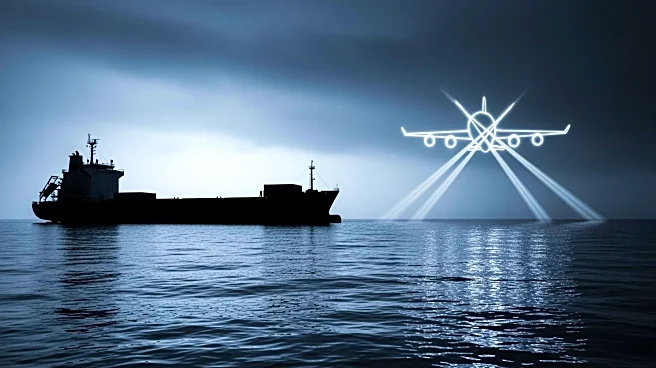What's Happening?
Mission creep refers to the gradual expansion of military or political missions beyond their initial objectives, often leading to prolonged and costly engagements. The term gained prominence following
the U.S. intervention in Somalia, where a humanitarian mission evolved into armed confrontation. Scholars have since used the concept to analyze U.S. interventions that begin with narrow goals but expand significantly over time. Factors contributing to mission creep include open-ended mandates, political incentives, and institutional momentum. Historical examples, such as the Vietnam War and the War on Terror, illustrate how initial missions can transform into larger, more complex operations.
Why It's Important?
Understanding mission creep is crucial for evaluating U.S. foreign policy and military strategy. The phenomenon can lead to unintended consequences, including increased costs, extended deployments, and challenges to democratic accountability. Mission creep often occurs without new congressional authorizations, raising concerns about executive overreach and the erosion of legislative oversight. By examining past instances of mission creep, policymakers can identify warning signs and implement measures to prevent the expansion of military engagements beyond their intended scope. This analysis is vital for ensuring transparent and accountable decision-making in U.S. foreign policy.
Beyond the Headlines
Mission creep has broader implications for U.S. military and political strategy. It highlights the need for clear definitions of mission scope and end conditions to prevent escalation. The phenomenon also underscores the importance of maintaining public trust and transparency in government operations. As the U.S. continues to engage in global conflicts, understanding the dynamics of mission creep can inform future policy decisions and help avoid the pitfalls of prolonged and ambiguous military engagements. By addressing the root causes of mission creep, policymakers can work towards more effective and sustainable foreign policy strategies.













